Description
Kit Test ELISA Aflatoxin M1 trong Sữa
Background:
Aflatoxins are toxic and carcinogenic. They are metabolites of the fungi Aspergillus flavus and Aspergillus parasiticus. There are four principle types of aflatoxin: B1, B2, G1 and G2, which are named for their respective innate fluorescent properties. Aflatoxin B1 is the most frequently encountered of the group and the most toxic one. Aflatoxins can be found mainly in cereals, nuts, cotton seed and human blood.
Aflatoxin B1 is a potent human carcinogen and may contribute to human liver cancer.
Aflatoxin M1 is one of Aflatoxin with similar structure compounds. On damp-heat areas, the occurrence of Aflatoxin is highest in food and feed. Aflatoxin M1 with quite stable physical and chemistry properties, is not destroyed by pasteurization. When the mammal animal ingests food or feed containing Aflatoxin B1, it can be converted to the Aflatoxin M1 by hydroxylation. The main harm of Aflatoxin M1 is carcinogenicity and mutagenicity, destroying human and animal liver tissue, resulting in hepatocarcinoma and even death.
Use Principles:
The Aflatoxin M1 kit is an indirect competitive enzyme-labeled immunoassay. The Aflatoxin M1 antigen is precoated on the wells. The aflatoxin M1 in the sample compete the aflatoxin M1 antibody (antibody solution) with aflatoxin M1 antigen on the well, while the M1 antibody combines with the enzyme conjugate. Then pipe the substrate solution to the wells to convert the color.
The color of unknown samples is compared to the color of the standards and the Aflatoxin M1 concentration of the samples is derived.
| Manufacturer | Meizheng |
| Order No. | SC0033 |
| Analyte | Aflatoxin M1 |
| Sample Type | Raw milk, Milk products |
| Methodology | Indirect competitive enzyme-labeled immunoassay. |
| Packaging | 96 Wells |
| Storage | The kits should be stored at a dry place away from the sunlight and the storage temperature is 2-8˚C. DO NOT FREEZE! |
| Shelf life | The validity for this kit is 12 months |
| Lead time | Shipped within 5-12 working days. |
| Cross Reactivity | AFM1:100%
AFM2:15.5% |
| Calculate Result | Analyze the result by using the software |
| Sensitivity | 0.015 ppb |
| Limit of detection | 0.015 ppb |
| Percent Recovery, % | 100±20% |
| Precision (CV %): | Intra-lab assay: CV%≤10% |
Provided Materials and Reagent
| Component | 96 wells |
| Antigen coated plate | 12 X 8 wells each |
| 5 vials of Standard | 1mL each |
| AFM1 Enzyme Conjugate | 6mL |
| AFM1 Antibody solution | 6mL |
| Substrate A | 6mL |
| Substrate B | 6mL |
| Concentrated wash buffer (10X) | 40mL |
| Concentrated sample diluting buffer I (4X) | 50mLX2 |
| Concentrated sample diluting buffer II (8X) | 15mL |
| Plate cover sheet | 2 |
| Package insert | 1 |
Note: The concentrations of the standards are 0μg/kg, 0.015μg/kg, 0.045μg/kg, 0.15μg/kg and 0.5μg/kg respectively.
Materials Required But Not Provided
1. Devices:
—- Microwell plate Reader (450nm/630nm)
—- Vortex
—- Centrifuge /funnel
—- Balance (sensibility: 0.01g)
—- Micropipette: Single channel pipet (10µL-100µL, 100µL-1000µL). Multi-channel pipet (30-300µL)
—- Triangular flask
—- nitrogen evaporator
—- Graduated pipette (10mL)
—- Centrifuge tube
2. Reagent:
—- Deionized water
—- Methanol (AR)
—- Concentrated sulfuric acid (18 mol/L)

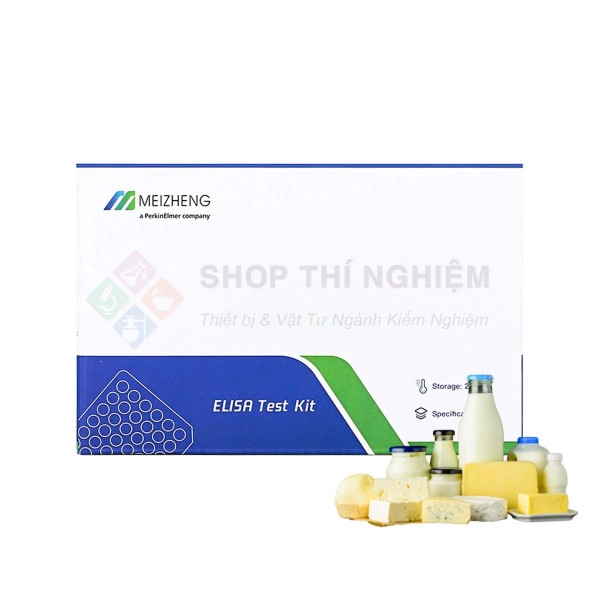
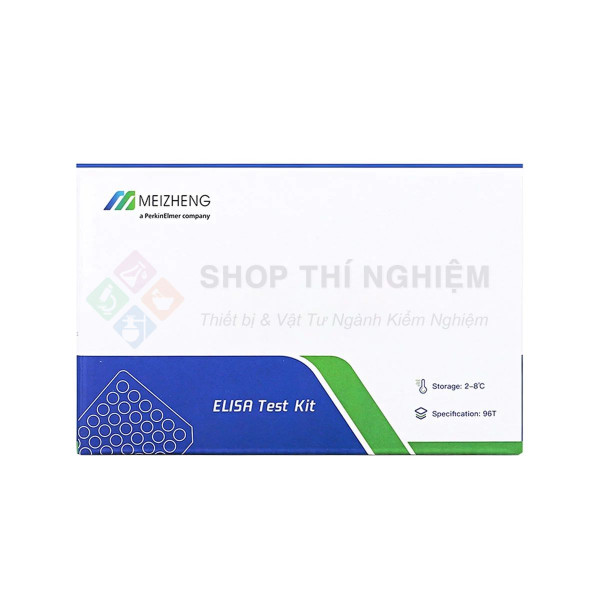
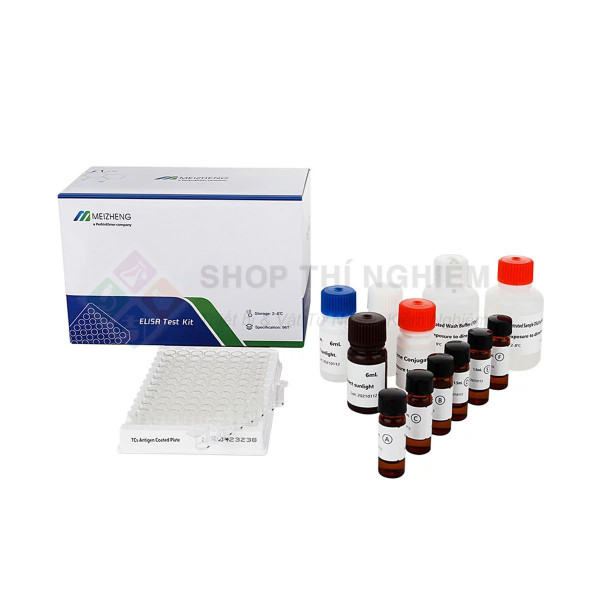
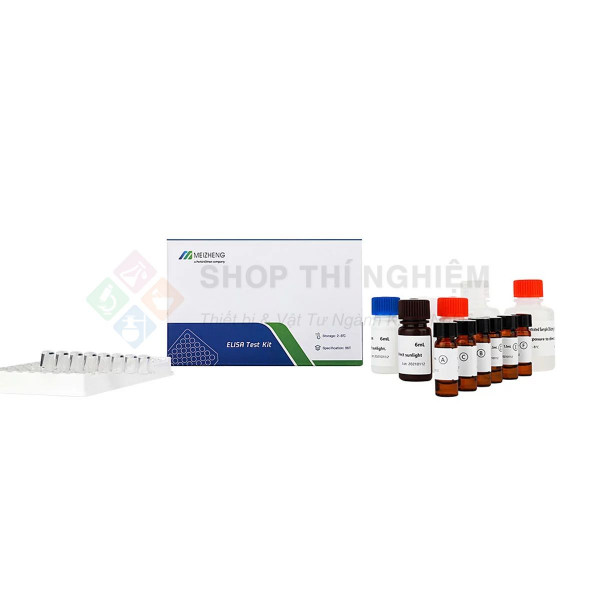
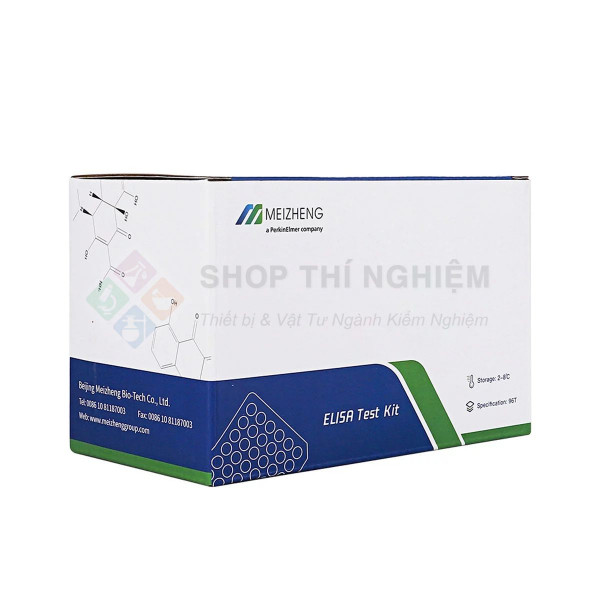
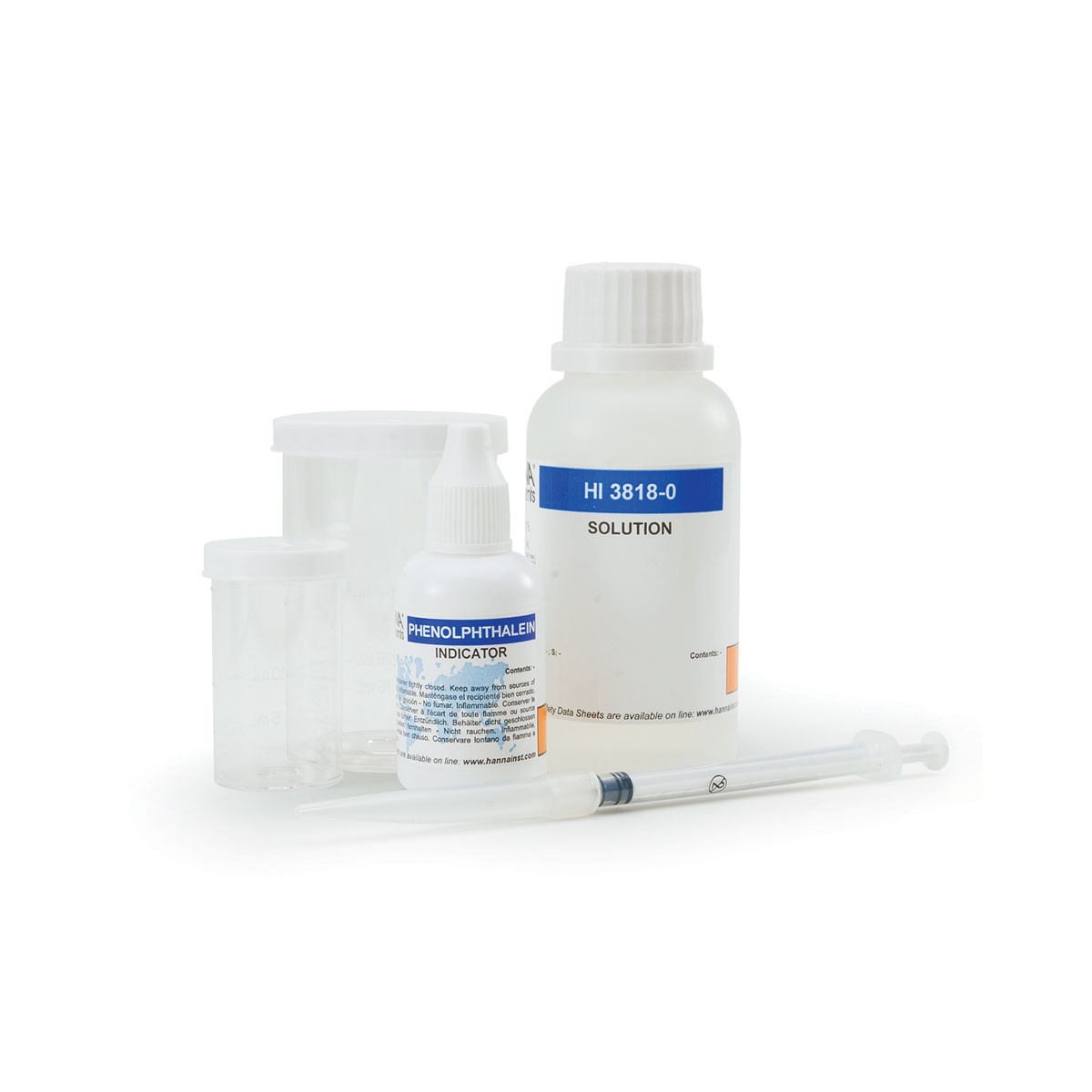
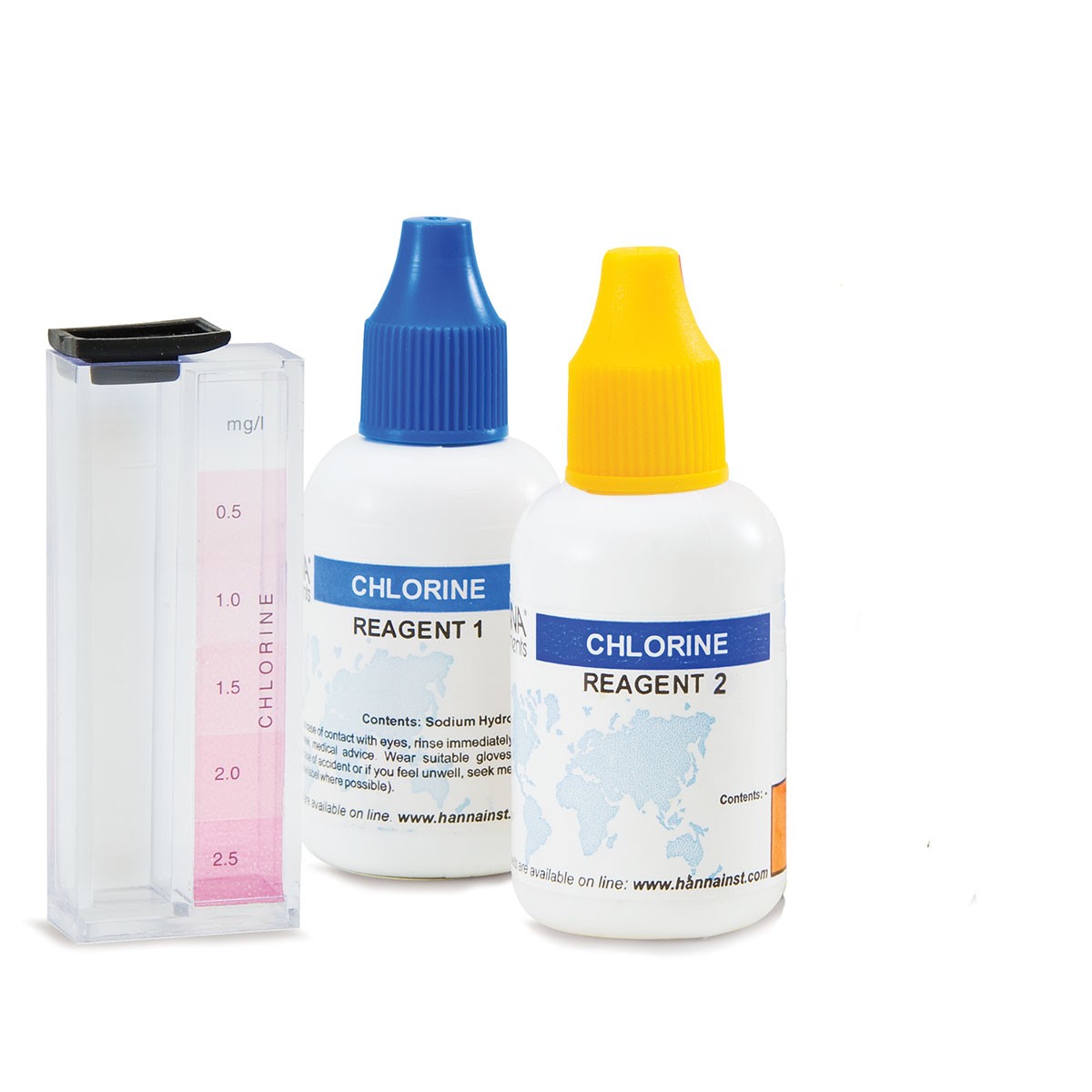
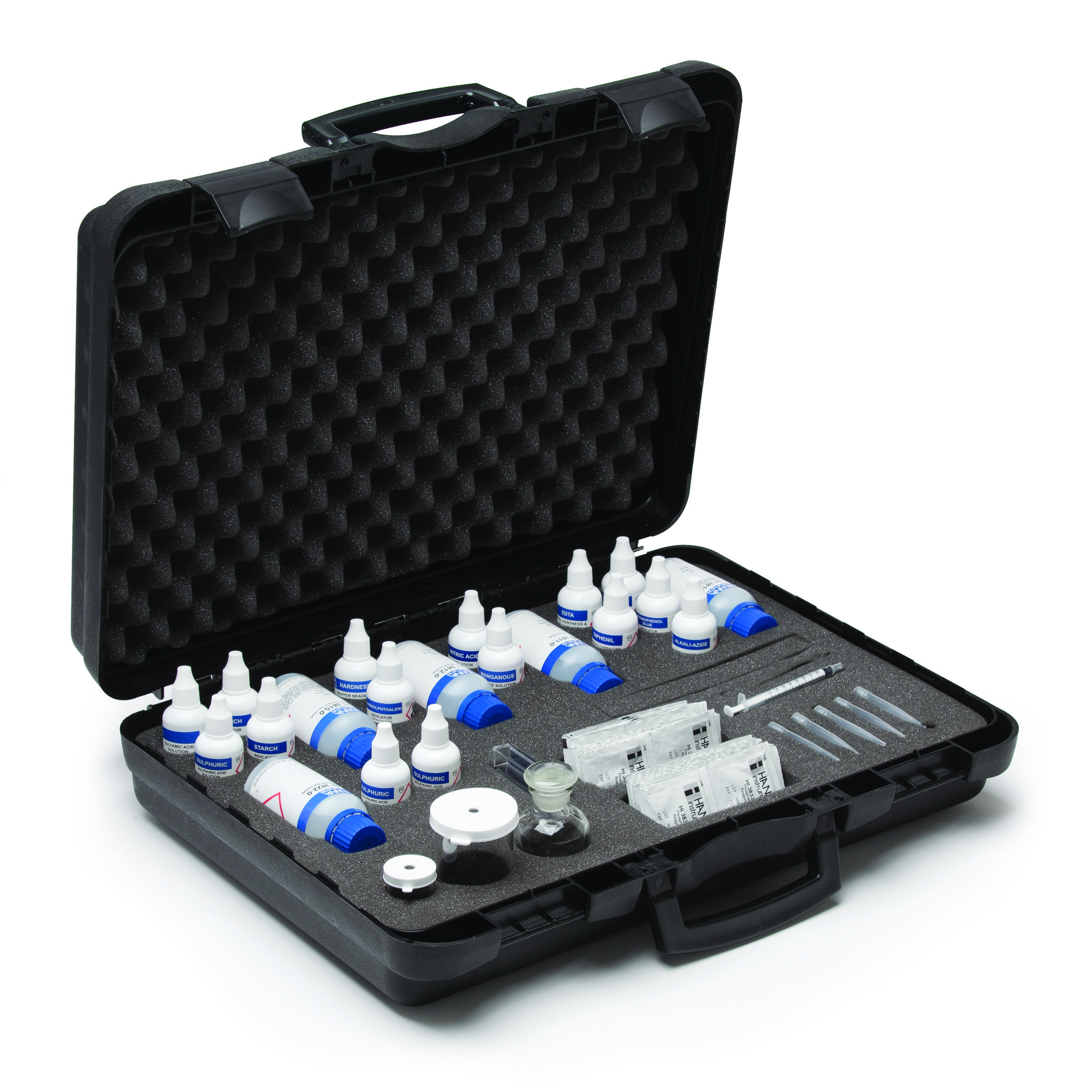
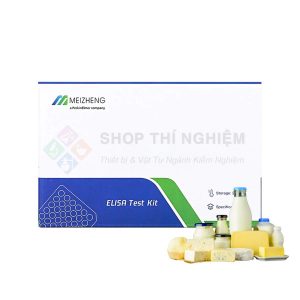
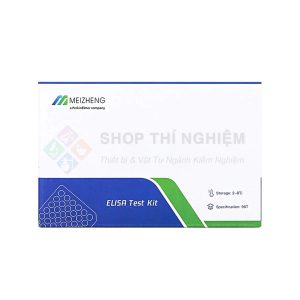
Reviews
There are no reviews yet.